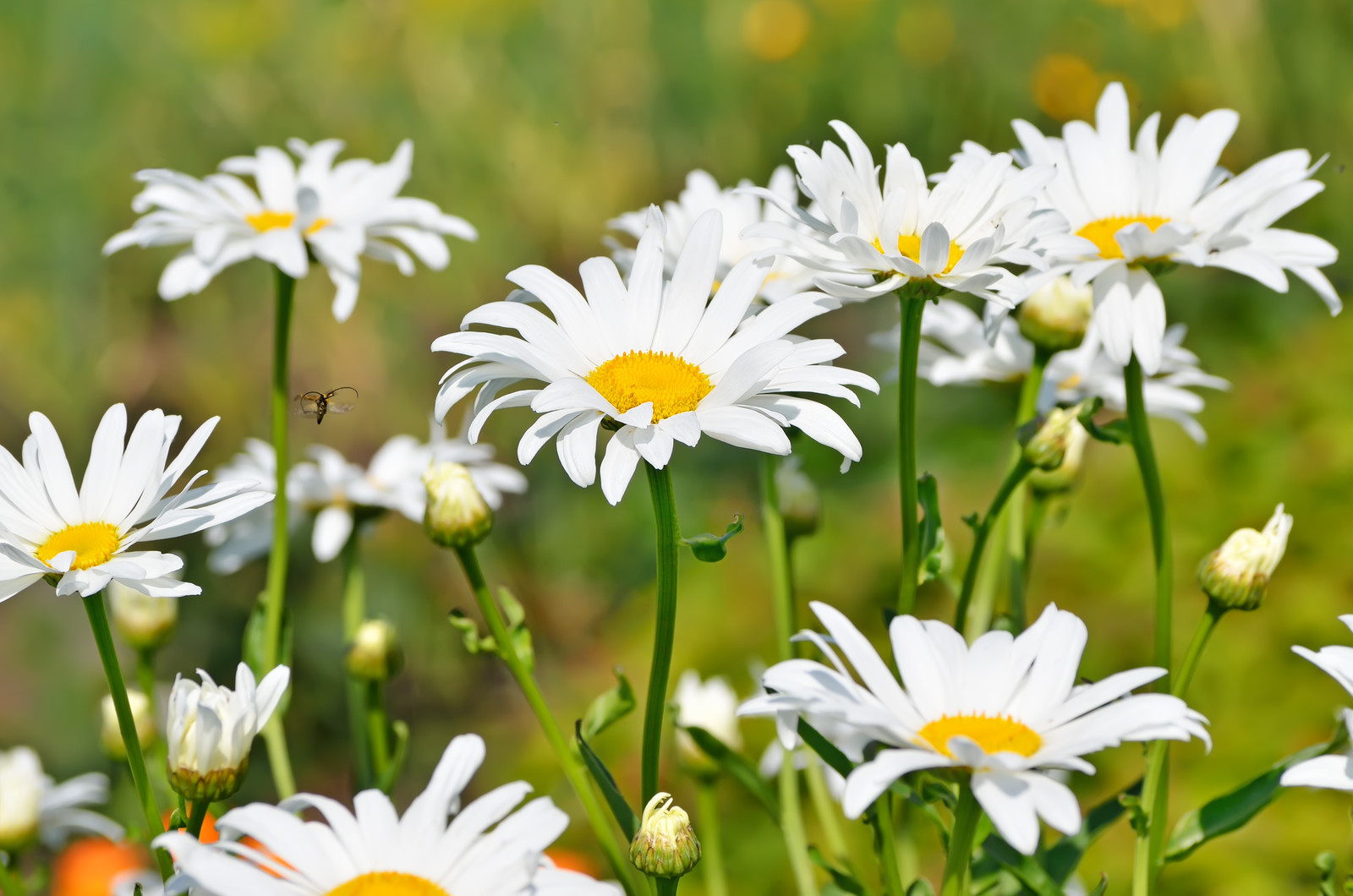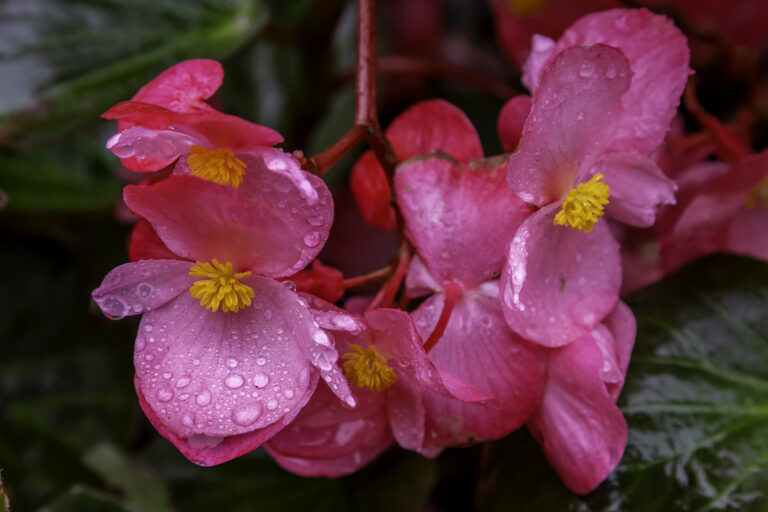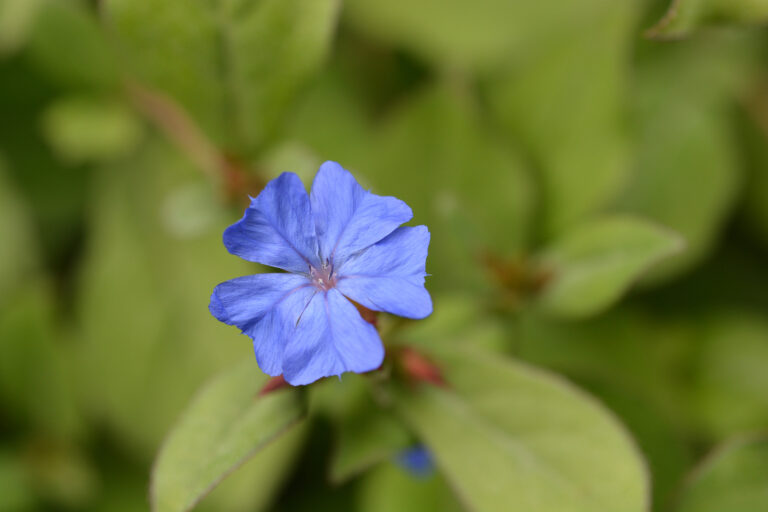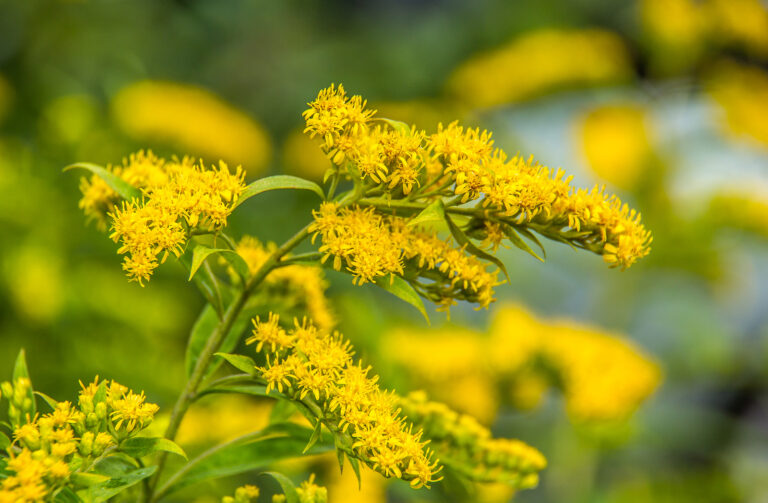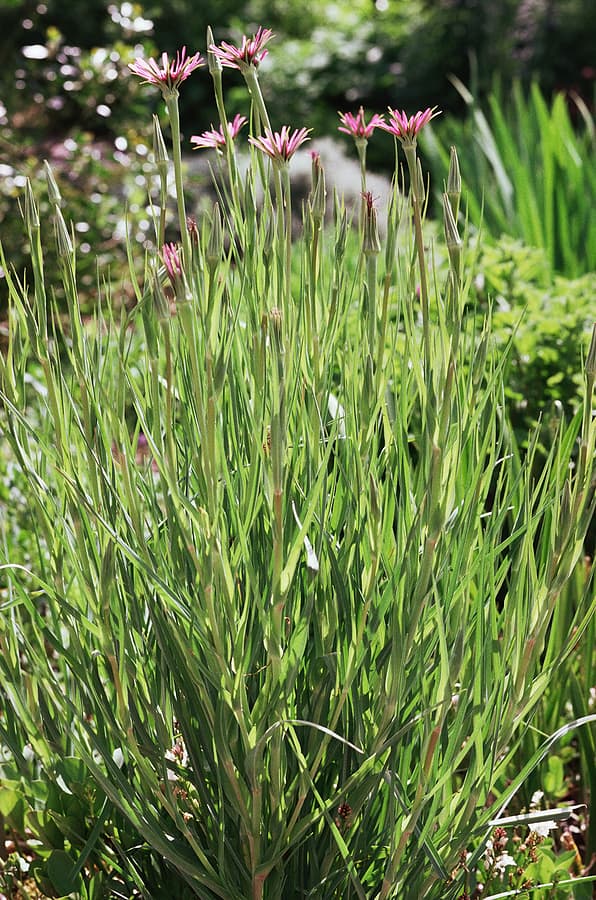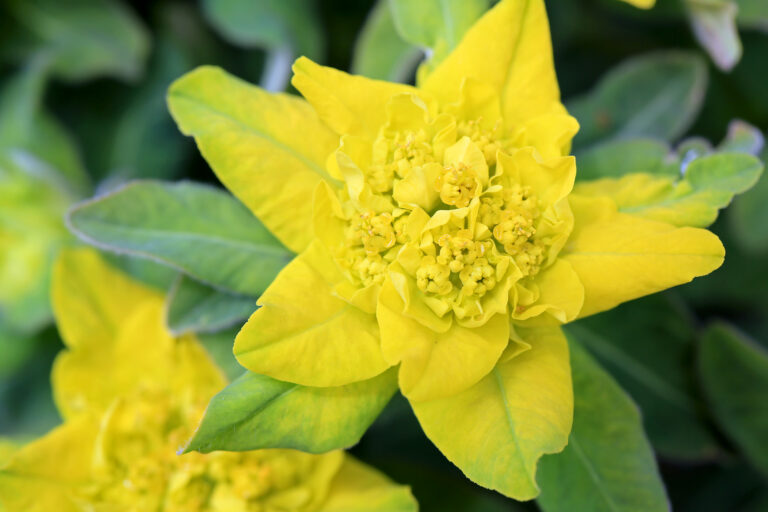How to Grow Chamomile — Chamaemelum
Chamaemelum — commonly called Chamomile — is commonly grown for its medicinal flowers and for its foliage which releases an apple-like fragrance when crushed. The leaves and flower heads can be dried; the leaves are used in potpourri, the flowerheads for herbal tea.
Chamaemelum can be grown as an ornamental lawn for a courtyard or patio where foot traffic is not heavy. It can be used as edging at the front of a border or along a walkway or along the margins of a pond or water garden.
Chamaemelum flowers are daisy-like with yellow disk florets and white fray florets. Flowerheads should be harvested when fully open and dried as entire heads. The leave can harvested at any time.
Chamaemelum is a genus of one species. It is native to moist woodland in eastern North America.

Chamomile flowers
Get to know Chamaemelum
- Plant type: Evergreen perennial
- Growing zones and range: Zones 4 to 10
- Hardiness: Hardy to Zone 4
- Height and width: 4-12 inches x 15 inches (10.1-30.5cm x 38.1cm)
- Growth rate: Fast to moderate
- Form and habit: Spreading
- Foliage: Soft-textured, spreading 3-12 inch (7.6-30.5cm) mat of bright light green, Lacy, finely divided leaves; releases a lovely aroma when crushed underfoot
- Flowers: Daisylike flower heads with yellow centers and white ray florets, or “petals”
- Bloom time: Midsummer
- Uses: Great lawn alternative when mowed, between stepping stones and pavers or in bulb beds, edging, front of border, along walk-way, or at the margin of a pond or water garden.
- Garden companions: Lacy foliage is a good foil for coarser-textured perennials
- Common name: Chamomile
- Botanical name: Chamaemelum
- Family name: Asteraceae
- Origin: Grassy pastures and wasteland in Europe
Where to plant Chamaemelum
- Plant Chamaemelum in full sun.
- Plant Chamaemelum in light, well-drained, slightly acid, sandy soil; plants tolerate heavy soil.
- Chamaemelum are unsuitable where the summers are hot and muggy.
When to plant Chamaemelum
- Plant Chamaemelum seeds in early spring.
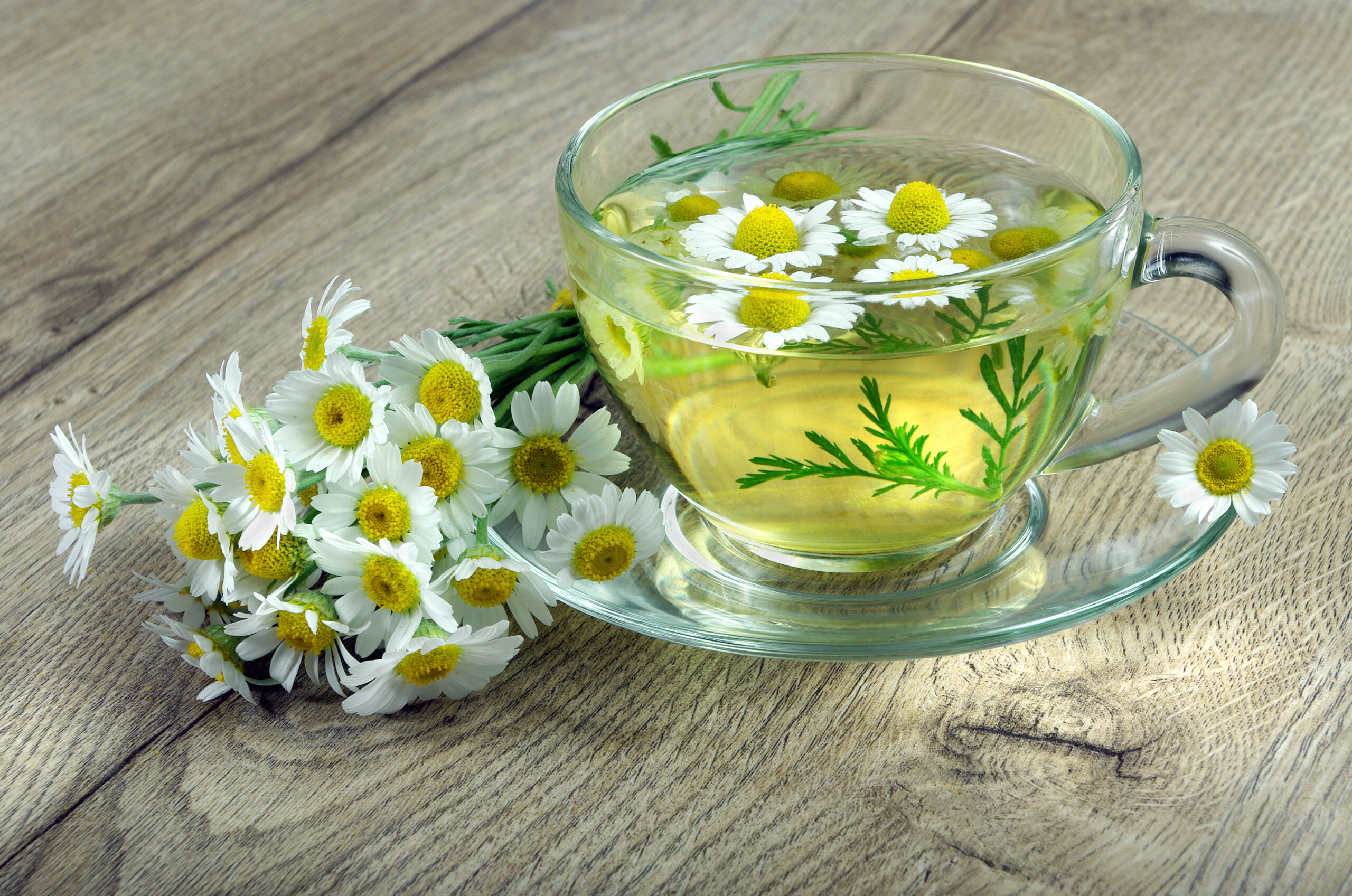
Planting and spacing Chamaemelum
- Space Chamaemelum 12 inches (30.5cm) apart.
- Where heavy foot traffic and wear will not be a problem, plant closely together to produce an ornamental lawn for a courtyard or patio.
- To produce a lawn or seat, plant 5-6 inches (12-15cm) apart, and water freely until established.
How to water and feed Chamaemelum
- Give Chamaemelum moderate water; allow plants to dry down; tolerates drought.
- Feed Chamaemelum with an all-purpose organic fertilizer in spring.
How to care for Chamaemelum
- Trim or mow Chamaemelum in spring after they flower to a height of 3-4 inches (7.6-10.1cm), particularly if you use Chamaemelum as a lawn alternative.
- Cut Chamaemelum back regularly to encourage dense, compact growth; occasional rolling of lawns will help to maintain an even surface.
Chamaemelum pests and diseases
- Pests and diseases are infrequent.
Chamaemelum propagation
- Propagate Chamaemelum from cuttings, or division in early spring.
- Use division for cultivars, which do not come true from seed.
Chamaemelum varieties to grow
- Chamaemelum nobile, Roman chamomile, Roman chamomile, formerly Anthemis nobilis, mat-forming 6-12 inch (15.2-30.5cm) tall plant that spreads to 1.5 feet (.5m). Bears threadlike, apple-scented leaves and .3-.5 inch (.8-1.3cm) wide daisies in summer on long stalks above the foliage.
- ‘Flore Pleno’ bears double white buttonlike blooms on 6 inch (15.2cm) plants.
- ‘Treneague’ is a nonflowering variety that needs no mowing. It’s a compact 4 inch (10.2cm) tall cultivar with especially aromatic leaves. It does not withstand more than rare foot traffic when planted as a lawn substitute, but it makes an aromatic carpet between steppingstones. Zones 6 to 9.

